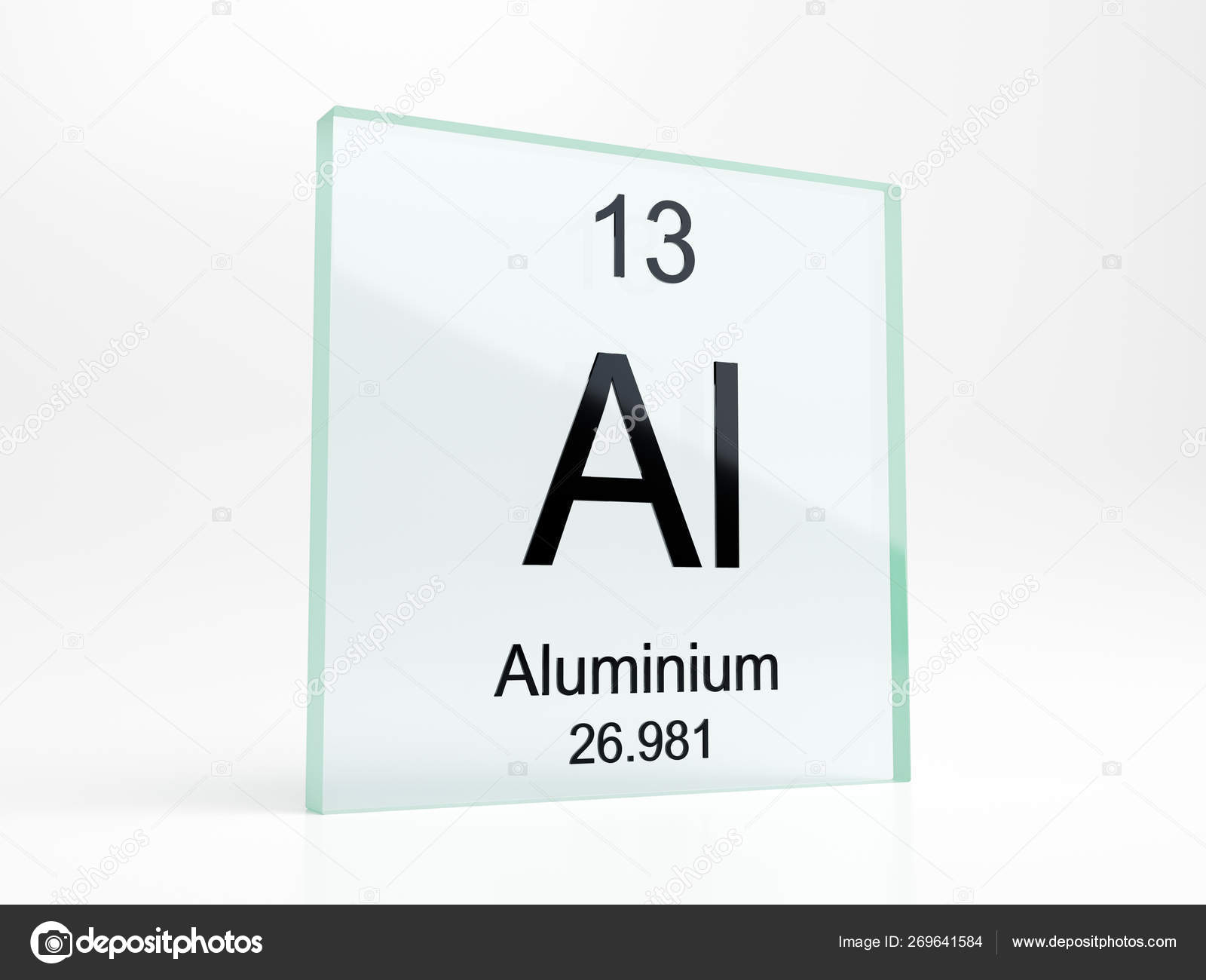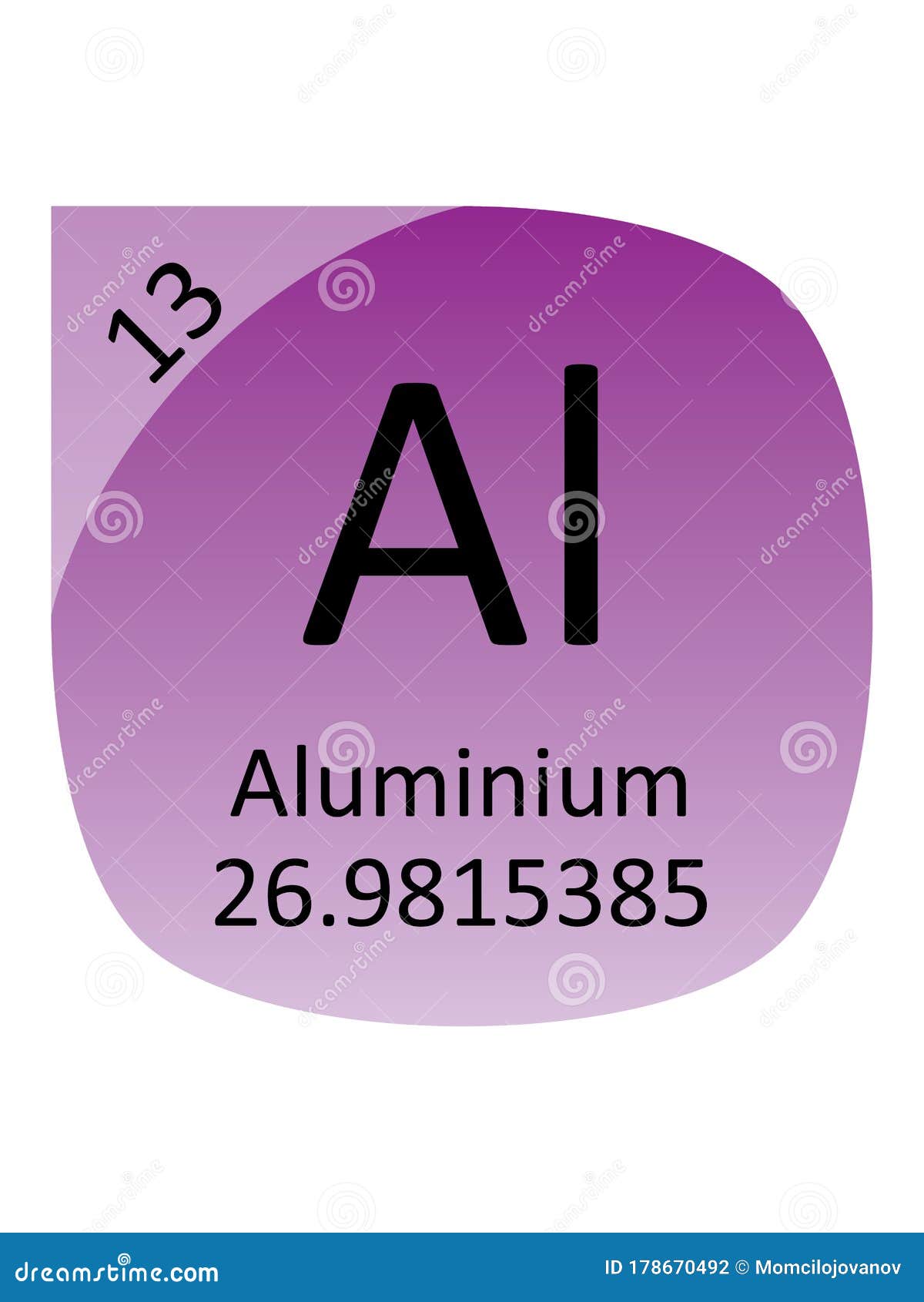
It’s also highly valued because of how abundant it is on our planet and how easily it can be refined from ore deposits without depleting resources too quickly. In conclusion, aluminium is considered a metal for many reasons-including its malleability and ability to conduct electricity and heat well-despite some differences from traditional metals such as iron or copper due to its low density and melting point. All these factors combined make aluminium one of the essential materials today in modern society! Conclusion Additionally, because of how abundant aluminum is on our planet (it comprises more than 8% of the Earth’s crust!), it can be easily refined from ore deposits without depleting resources too quickly. Its corrosion resistance makes it ideal for use in exposed parts like window frames or car bodies its malleability makes it easy to shape into various forms, and its light weight makes it easy to work with compared to heavier metals like iron or steel. Humans have used aluminium since ancient times because of its many desirable characteristics.
Despite this ambiguity about whether or not aluminum should be considered a metal, it’s generally accepted as such due to its physical properties that are similar to those of traditional metals. On the other hand, when compared to other metals like iron or copper, aluminium may not seem “metallic” enough due to its low density and low melting point. On the one hand, aluminium has some characteristics shared with metals, such as its malleability and ability to conduct electricity and heat. The answer to this question is more complex than you might think. So, even though aluminum isn’t usually found in its elemental form on Earth, it does exist in abundance. In the boron group with symbol Al, aluminium is a chemical element and is the most commonly used non-ferrous metal. It’s also one of the most abundant elements on Earth-the third most abundant element overall-and makes up 8% of the Earth’s crust by mass. It is a silvery-white, soft, nonmagnetic, and ductile metal in the boron group.

What is Aluminium?Īluminum is a chemical element with the symbol Al and atomic number 13. This blog post will discuss the properties of aluminium, what categories it falls into, and why humans have so widely used it for so long. The values here are approximate and only meant for relative comparison.Have you ever wondered if aluminum is actually a metal? Aluminium is an incredibly useful material, but it often needs to be clarified whether or not it should be classified as a metal. The rate of deformation has the greatest impact on the data collected, especially in polymers.

Young's modulus can vary somewhat due to differences in sample composition and test method. Influences of selected glass component additions on Young's modulus of a specific base glass Other elastic calculations usually require the use of one additional elastic property, such as the shear modulus G Approximate values Young's modulus is also used in order to predict the deflection that will occur in a statically determinate beam when a load is applied at a point in between the beam's supports. The Young's modulus directly applies to cases of uniaxial stress that is, tensile or compressive stress in one direction and no stress in the other directions. For instance, it predicts how much a material sample extends under tension or shortens under compression. Young's modulus enables the calculation of the change in the dimension of a bar made of an isotropic elastic material under tensile or compressive loads. Toughness: amount of energy that a material can absorb before fracture.Hardness: relative resistance of the material's surface to penetration by a harder body.Geometric stiffness: a global characteristic of the body that depends on its shape, and not only on the local properties of the material for instance, an I-beam has a higher bending stiffness than a rod of the same material for a given mass per length.Strength: maximum amount of stress that material can withstand while staying in the elastic (reversible) deformation regime.Material stiffness should not be confused with these properties:

Not many materials are linear and elastic beyond a small amount of deformation. Conversely, a very soft material (such as a fluid) would deform without force, and would have zero Young's modulus. The higher the modulus, the more stress is needed to create the same amount of strain an idealized rigid body would have an infinite Young's modulus. The coefficient of proportionality is Young's modulus. Elastic deformation is reversible, meaning that the material returns to its original shape after the load is removed.Īt near-zero stress and strain, the stress–strain curve is linear, and the relationship between stress and strain is described by Hooke's law that states stress is proportional to strain. A solid material will undergo elastic deformation when a small load is applied to it in compression or extension.


 0 kommentar(er)
0 kommentar(er)
